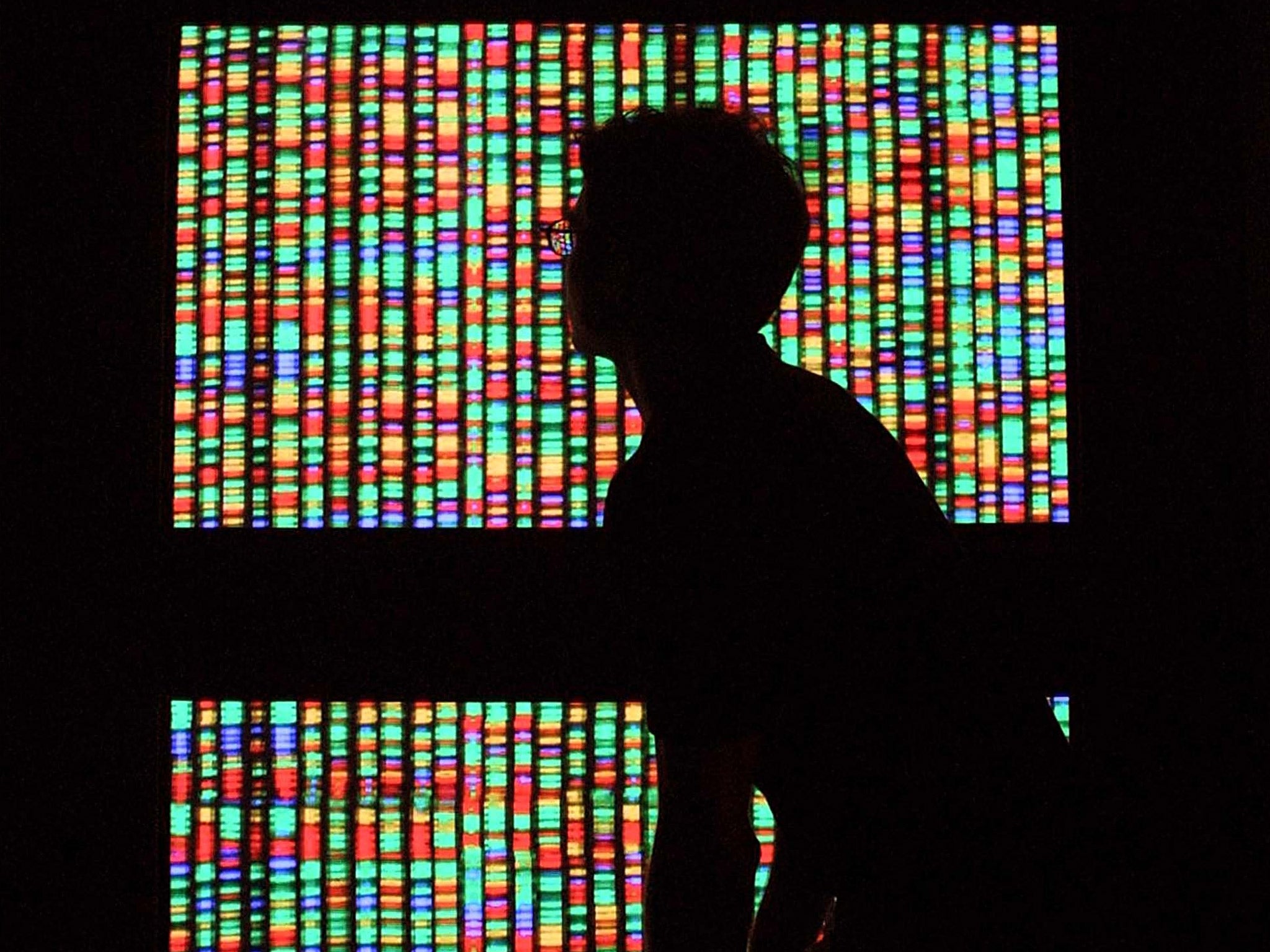Mass sequencing of islanders’ genes will shed light on what triggers many common diseases
Icelandic genome study gives insight into disease

A significant minority of people are walking around in an apparently healthy state even though they have completely lost the function of one of their 21,000 genes, a detailed study of human genomes has revealed.
Creating so-called “knock out” genes in laboratory mice is standard scientific practice to understand the role that a gene plays in a disease but it is the first time that scientists have had access to such a large library of human knock-out genes in a living population of people.
The research, based on sequencing the entire genomes of 2,636 Icelanders and comparing them with the partial sequences of another 104,000 Icelanders, is the largest project of its kind and promises to shed light on the role genes play in triggering many common diseases, from cancer to dementia.
Researchers found that more than a thousand Icelanders who took part in the study – about 7.7 per cent of the study population – had both copies of at least one of their genes knocked out in a way that would almost certainly mean that the gene in question had no function at all.

Non-vital genes involved in the sense of smell appeared to be more susceptible to being knocked out than the genes involved in brain activity, the study found.
The scientists intend to recall those Icelanders identified with knock-out genes as part of further research to try to identify any physical differences or illnesses that could have resulted from the gene deletions, said Kari Stefansson, founder of DeCode Genetics, the organisation that began the study of the Icelandic population.
“Basically, what we have is a fairly detailed insight into the DNA sequences of an entire nation….We now have an insight into our fellow countrymen who have had a gene knocked out,” Dr Stefansson said.
The unexpected finding suggests there must be some kind of in-built redundancy in the human genome that allows some genes to lose their function without any obvious impact on overall health, he said.
The proportion of knock-out genes in the wider population beyond Iceland is likely to be the same as there is nothing unusual about Icelanders in terms of genetic inbreeding to make them exceptional, Dr Stefansson added.
“I think the 7.7 per cent is likely to be similar in other populations. The Icelandic population is not inbred, it doesn’t meet any of the criteria for inbreeding,” he said.
The study, published last night as a series of four scientific papers in the journal Nature Genetics, also found further genetic risk factors for Alzheimer’s disease and liver disease, as well as putting a more accurate date on the last common ancestor of the male Y chromosome.
By analysing the whole DNA sequence of the Y chromosome of 753 Icelandic men, the researchers were able to estimate mutation rates and so estimate that all males today shared a common Y-chromosome ancestor between 174,000 and 321,000 years ago, which is about100,000 years younger than previous estimates.
“We may also have got an insight into the basic mutation rate of the human genome…what the data suggests that the basic mutation rate might be a little higher than what we had previously assessed,” Dr Stefansson said.
“We’re contributing to important tools for making more accurate diagnostics for rare disease; finding new risk factors and potential drug targets for diseases like Alzheimer’s and even showing how the Y chromosome, a longer in the paired world of our genome, repairs itself as it passes from father to son,” he said.
“This work is a demonstration of the unique power sequencing gives us for learning more about the history of our species and for contributing new means of diagnosing, treating and preventing disease,” Dr Stefannson added.
Join our commenting forum
Join thought-provoking conversations, follow other Independent readers and see their replies
Comments
Bookmark popover
Removed from bookmarks